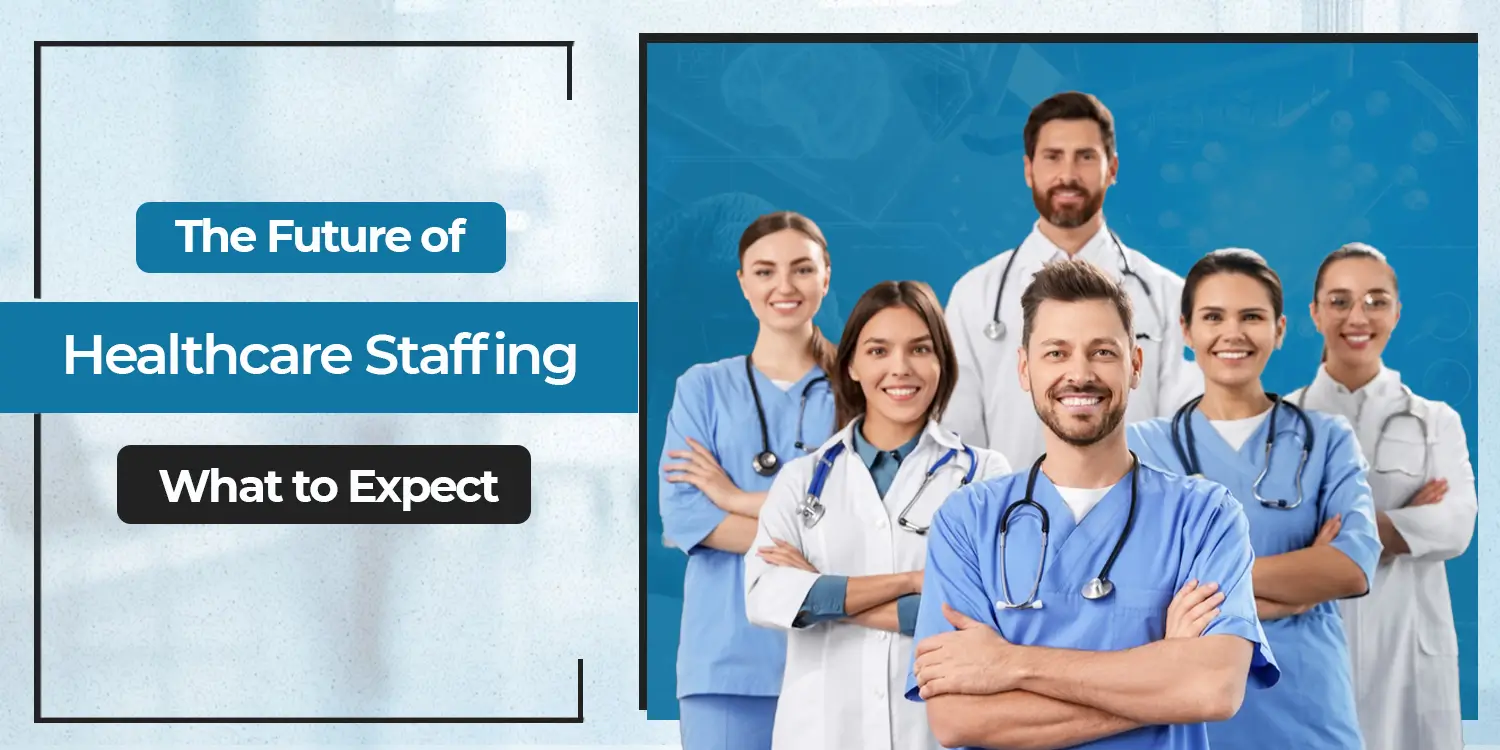In today’s fast-paced world, where patient care and innovation must go hand in hand, the future of healthcare staffing is becoming a hot topic. Hospitals, clinics, and healthcare organizations across the globe are being challenged to adapt fast. Between talent shortages, rising demand, and changing patient expectations, it’s clear that traditional staffing approaches are no longer cutting it.
At JR Enterprise, we’ve been on the front lines of these changes, helping providers navigate new territory with forward-thinking medical staffing solutions. So, what does the future hold? Let’s dive into the emerging trends and strategies shaping the next era of healthcare staffing.
Why Healthcare Staffing Needs a Makeover
First, let’s talk about the elephant in the room: staffing shortages. Nurses, technicians, and specialized physicians are in high demand, yet the supply isn’t keeping up. This isn’t just a pandemic hangover it’s a systemic issue that’s been bubbling for years. Burnout, early retirement, and shifting career preferences have all added fuel to the fire.
That’s where hospital staffing strategies must evolve. Healthcare leaders can no longer rely solely on traditional recruitment methods. The future calls for more agility, more tech, and a deeper focus on employee well-being.
1. Tech-Powered Staffing: Smarter, Faster, Better
We’re entering a digital-first era. AI, automation, and data analytics are transforming how healthcare providers hire and manage their teams. Want to predict turnover rates? Track staff satisfaction? Optimize shift scheduling? There’s tech for that. For instance, predictive analytics can now identify staffing gaps before they happen. Meanwhile, AI-driven platforms streamline the hiring process, helping HR teams find the right fit faster than ever. This tech-forward approach is central to the future of healthcare staffing.
And let’s not forget telemedicine. As virtual care becomes the norm, staffing models will need to support hybrid teams both in-person and remote especially in mental health and primary care.
2. Flexibility is the New Normal
Rigid 9-to-5 shifts are becoming relics of the past. Healthcare workers today crave flexibility. Whether it’s part-time gigs, per diem opportunities, or travel roles, the modern workforce is looking for control and balance. Healthcare workforce trends show a significant shift toward contingent staffing models. By building more fluid rosters, hospitals can fill roles quickly while giving clinicians the freedom to work on their terms.
At JR Enterprise, we’ve seen how flexible staffing options can lead to greater retention and better morale. It’s a win-win for both providers and professionals.
3. Diversity and Inclusion Will Be a Top Priority
Representation matters. The future of healthcare staffing must embrace diversity not only to reflect the communities served but also to improve health outcomes. Studies show that culturally competent care leads to better patient satisfaction and trust.
In the years ahead, we’ll see more focus on inclusive hiring practices, bias-free recruiting technology, and training programs that support underrepresented groups. This isn’t just a social imperative it’s a strategic advantage.
4. Upskilling and Lifelong Learning
With medical science and technology evolving rapidly, today’s skills may not cut it tomorrow. Continuous learning is no longer optional it’s essential. And this is where hospital staffing strategies need a refresh.
Forward-looking organizations are investing in professional development, online certifications, and mentorship programs to keep their staff at the top of their game. It’s about building a future-ready workforce one that can adapt, innovate, and thrive. Healthcare leaders who prioritize learning will stay ahead of the curve and attract talent that wants to grow.
5. Tackling Healthcare HR Challenges Head-On
Let’s be honest: HR in healthcare has one of the toughest jobs out there. From compliance headaches to onboarding bottlenecks, the challenges are real.
But the future of healthcare staffing will demand smarter solutions. Cloud-based HR platforms, automated credentialing, and streamlined payroll systems will take center stage. Meanwhile, HR teams will need to become more strategic focusing on workforce planning, employee experience, and long-term talent development. At JR Enterprise, we help organizations modernize their HR practices to meet today’s challenges and tomorrow’s demands.
Conclusion: Embracing the Future, One Hire at a Time
Change can be daunting but it’s also full of opportunity. The future of healthcare staffing isn’t about replacing humans with tech or pushing staff harder. It’s about reimagining how we build, support, and empower healthcare teams for the long haul. From tech innovation and flexibility to inclusion and continuous learning, the next chapter in staffing is being written right now. And at JR Enterprise, we’re here to help you write it.
Whether you’re a hospital administrator, HR director, or healthcare professional, now is the time to rethink your approach and embrace smarter medical staffing solutions that align with the times.
Because the future? It’s already knocking.


Leave A Comment